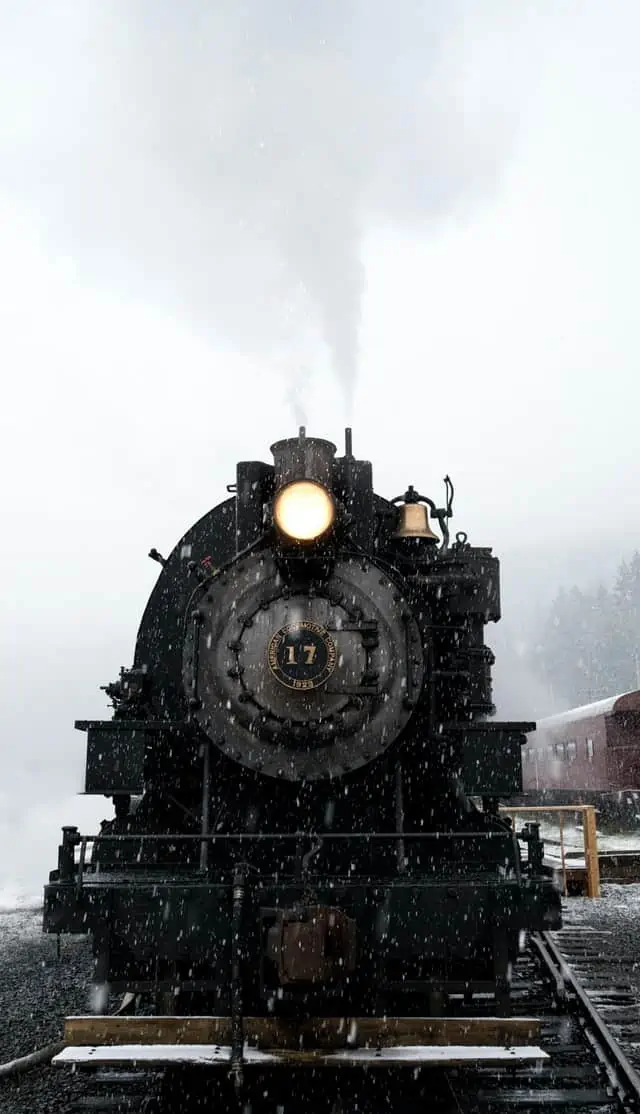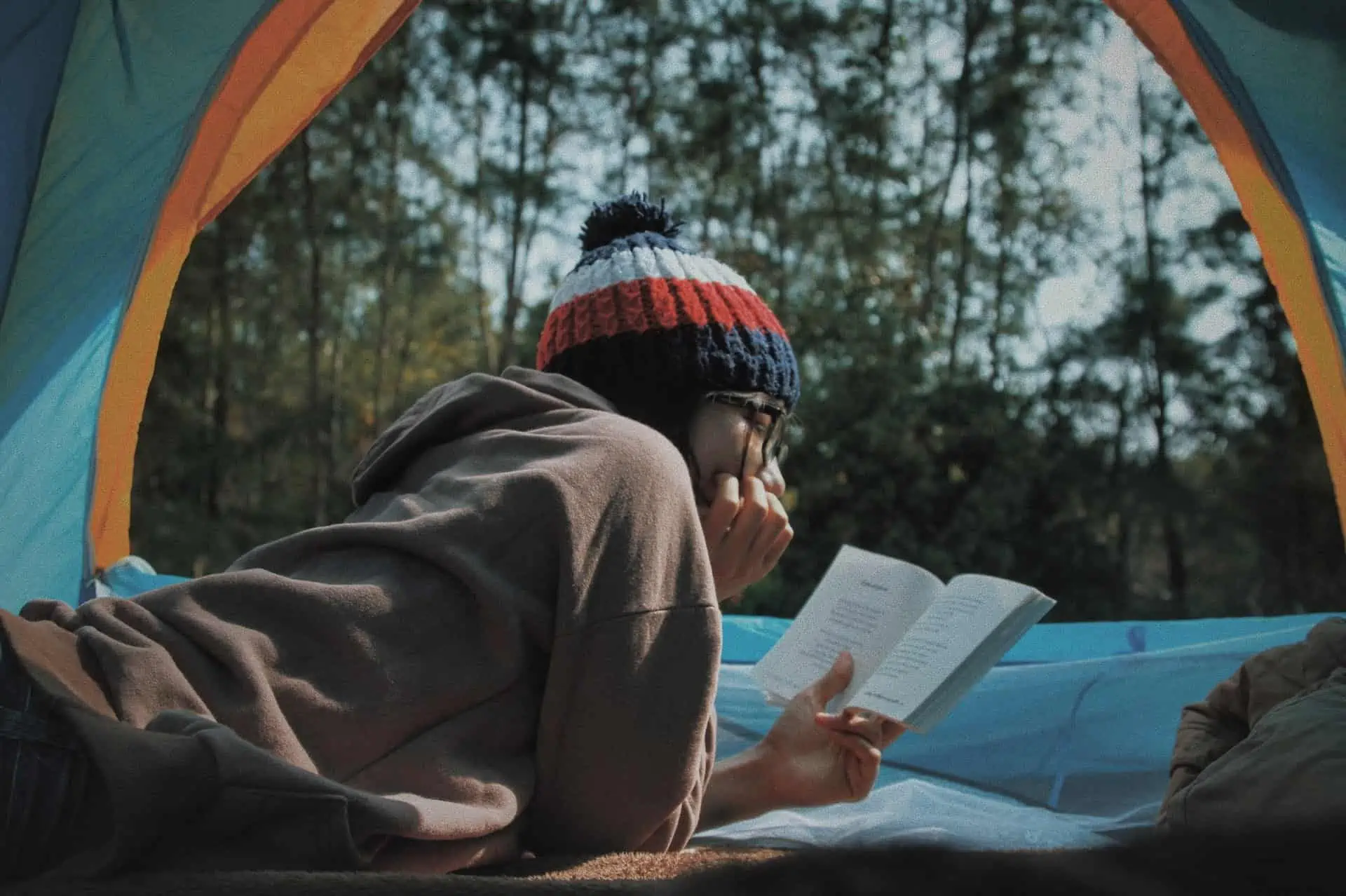Big Cypress National Preserve: Top 3 Ways to Enjoy Florida’s Beautiful Backyard
With swamplands stretching out across 729,000 acres, the Big Cypress National Preserve is just a little bigger than your average backyard. (Okay, it’s a lot bigger. It’s bigger than the state of Rhode Island!1)
However, unlike most backyards, this one serves as a retreat not only for the state of Florida but also for the entire United States! In fact, Big Cypress National Preserve is our country’s first national preserve, and it seeks to safeguard not only the denizens of the swamp (like the endangered Florida panther) but also the stories and history associated with the area.
An amazing way to experience the Everglades, a day trip—or many days!—spent in this spectacular refuge will leave you with a deep appreciation for Florida’s natural side, as well as plenty of memories for you to lovingly preserve!
Take a Hike!
There are so many things to see in Big Cypress National Preserve—mangroves, deer, alligators, bear tracks, panther tracks, and so many kinds of birds! (This place has definitely earned its spot on the Great Florida Birding Trail!) One great way to catch a glimpse of it all is to simply walk, or hike, through the swamplands.
While you can blaze your own trail through the refuge, some of the best trails in Big Cypress National Preserve are the designated ones, offering guaranteed great views along an easier path…or at least a defined path. Indeed, trails range from easy to incredibly difficult, especially during the rainy season when you may find yourself wading nearly waist-deep in water!

The rainy season settles over the swamp during the hotter months of May to October, so, goulashes and several gallons of bug spray are necessities. (Okay, maybe not gallons…but certainly quarts.) However, for some folks, the rainy season is still the optimum time to visit because Big Cypress Swamp actually feels like a swamp, it’s less crowded with other people, and the season is right for specific wildlife.
But as a general rule, the dry season is the best time to visit, especially for hiking! From November to April, around 90% of the preserve is dry and temperatures are more comfortable, bugs are fewer, and animals flock to the remaining water which makes wildlife viewing more convenient.2
The easiest trail on the preserve isn’t a trail at all, but rather a boardwalk. The gentle Kirby Storter Boardwalk provides half a mile of wonderfully accessible adventures in the preserve, passing by a wildflower-filled prairie, a floodplain swamp, and a peaceful pond.3 Each habitat is lush and gorgeous, teeming with critters big and small. This is the perfect walk if you prefer not to get your feet wet!
However, one of the best trails in Big Cypress National Preserve is hands-down the Florida Trail, especially the 8-mile segment north of the I-75 rest area (mile marker 63). You can drive right to this spot, park your car, and start your hike by heading into the Everglades. This northbound trail of fairly easy terrain (termed “easy” during the dry season, FYI) follows a canal, but you can veer off onto other color-coded trails that loop back around should you wish to extend your journey.4
Nevertheless, simply following this section in a linear fashion will still lead to you plenty of adventure! Alligators are constant companions along the edge of the canal; feel free to admire them, but do take care to give them a wide berth! Birds are also plentiful along this route, and sightings of Florida panthers are not unheard of.5

Though this trail isn’t overly strenuous, it can still be muddy, even during the dry season, so thick, rubber boots are highly recommended gear! (They also protect against snakes, should you accidentally startle one in the grass.)
Note: if you decide to deviate from the designated trails, you will need a backcountry permit! These are free and can be found online, and are used to keep you safe. Happy trails!
Board a Boat!
If you don’t want to go by land, try exploring by sea—I mean, swamp!
For a totally new way to appreciate the refuge, you should do some Big Cypress National Preserve kayaking (or canoeing)! The waterways on the border between the preserve and the Everglades National Park provide the most popular paddling routes, with the water flowing lazily toward the Gulf. You can bring your own kayak or canoe, or you can rent from communities nearby. (There are several outfitters in Everglades City.)
Surprisingly, “dry season” is also the best season for paddling (less bugs!!)—just be sure to check the water levels before you go. Too low or too high could put a true damper on the day.

There are few options for those going by water, including Halfway Creek Canoe Trail and Turner River Canoe Trail. Most trips, regardless of route, last at least two to three hours, so be prepared to make a day of it!5
Halfway Creek is considered moderately difficult and lets you explore a mangrove forest. You’ll find yourself enclosed by a tree tunnel made from interwoven, overhanging branches, a sort of natural macramé, that lets sunlight filter through to dance on the water.6
Turner River, also moderate in level, is generally more popular because it takes you through a wider variety of habitats. You’ll get to experience the tightly knit mangrove forest, but also swathes of sawgrass and clusters of giant cypress trees.7 You’re more likely to come across people on this route, but there’s also some awesome wildlife along the way like herons, storks, and kingfishers!
Pitch a Tent!
Because there is so much to explore, you might want to turn your day trip into a weekend—or even a week-long venture—by camping in Big Cypress National Preserve.
There are eight campgrounds in total. First-come, first-serve campsites include Bear Island, Gator Head, Mitchell Landing, and Pink Jeep campgrounds, while Burns Lake, Midway, Monument Lake, and Pinecrest campgrounds require reservations.7 Some sites even have space for RVs! Availability and admission fees differ for each campsite, so when planning your trip, be sure to check out the National Park Service website for details. (This page also tells you which sites have water, toilets, or need backcountry permits!)
In addition to packing in as much adventure time as possible, camping in Big Cypress National Preserve also has one other enormous perk: stargazing.

The preserve is home to more endangered things than just the Florida panther: it’s home to a clear view of the Milky Way—a sight that’s quickly being blotted out by light pollution across the globe. Not only is it erasing a natural work of art, but light pollution also disrupts wildlife that relies on starry nights for navigation. Thankfully, the Big Cypress National Preserve remains one of the darkest spots east of the Mississippi which means visitors and swamp critters alike can bask in the awestruck wonder of the cosmos.8
Hiking, kayaking or canoeing, and camping are just a few great ways to get out and play in Florida’s backyard. What’s your favorite thing to do at Big Cypress National Preserve? Let us know in the comments below!
I’ll see you on the next adventure!
Cover Image
Photo: Unsplash
Recommended Gear for this Adventure
Disclaimer: We earn a commission if you click any of the links above and make a purchase at no additional cost to you.













